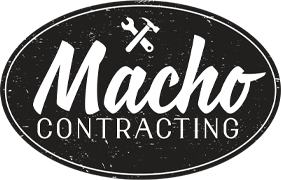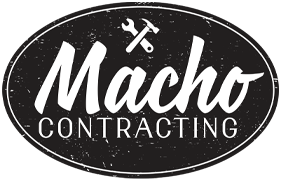Smoke testing might sound like something out of a science fiction movie, but in the world of plumbing and property maintenance, it's a crucial technique for uncovering hidden issues. Let's dive into the intriguing process of smoke testing and unveil what really happens during this essential diagnostic procedure.
What is Smoke Testing?
Smoke testing is a specialized method used to detect leaks, cracks, and other vulnerabilities within plumbing systems. It involves introducing non-toxic, harmless smoke (similar to what's used in entertainment fog machines) into the plumbing lines of a building. This smoke, under slight pressure, moves through the pipes and exits through any openings, revealing potential trouble spots.
The Process:
Preparation: Before the smoke test begins, the plumbing system is examined to ensure that all drains, traps, and vents are securely sealed. This is essential to create a controlled environment for the smoke to travel only where there might be leaks.
Smoke Introduction: Once everything is ready, the non-toxic smoke is introduced into the plumbing lines. This is typically done through an access point like a cleanout or roof vent.
Pressure and Movement: The smoke travels through the plumbing lines, and if there are any leaks, cracks, or issues, the smoke will escape through these openings.
Observation: Professionals conducting the smoke test carefully watch for smoke escaping from unexpected places. This could be through drains, vents, cracks in the walls, or even around fixtures.
Identification of Issues: When smoke emerges from unintended locations, it indicates a problem. This could be a cracked pipe, a faulty seal, or an improperly connected vent. The key is to identify these issues so they can be addressed promptly.
Why is Smoke Testing Done?
Smoke testing serves multiple purposes:
Leak Detection: The primary reason for smoke testing is to identify leaks, both obvious and hidden. Smoke makes it easy to spot escaping air and pinpoint the source of the issue.
Ventilation Issues: If smoke escapes through unexpected areas, it could indicate ventilation problems that need to be addressed.
Property Safety: Smoke testing can help identify gas leaks, which is vital for ensuring the safety of residents or employees.
Code Compliance: Many municipalities require smoke testing for new construction or renovations to ensure plumbing systems meet safety and environmental standards.
The Benefits of Smoke Testing
Accuracy: Smoke testing is precise and effective at detecting even the smallest leaks or issues.
Non-Destructive: It's a non-destructive technique that doesn't require tearing down walls or digging up pipes.
Efficiency: The process is relatively quick, providing immediate results and insights.
Smoke testing benefits in identifying plumbing issues are undeniable. By employing harmless smoke, professionals can uncover hidden leaks, cracks, and ventilation problems, ensuring the integrity of plumbing systems and the safety of properties. Whether for preventive maintenance or code compliance, smoke testing proves to be a valuable tool in the world of plumbing diagnostics.

